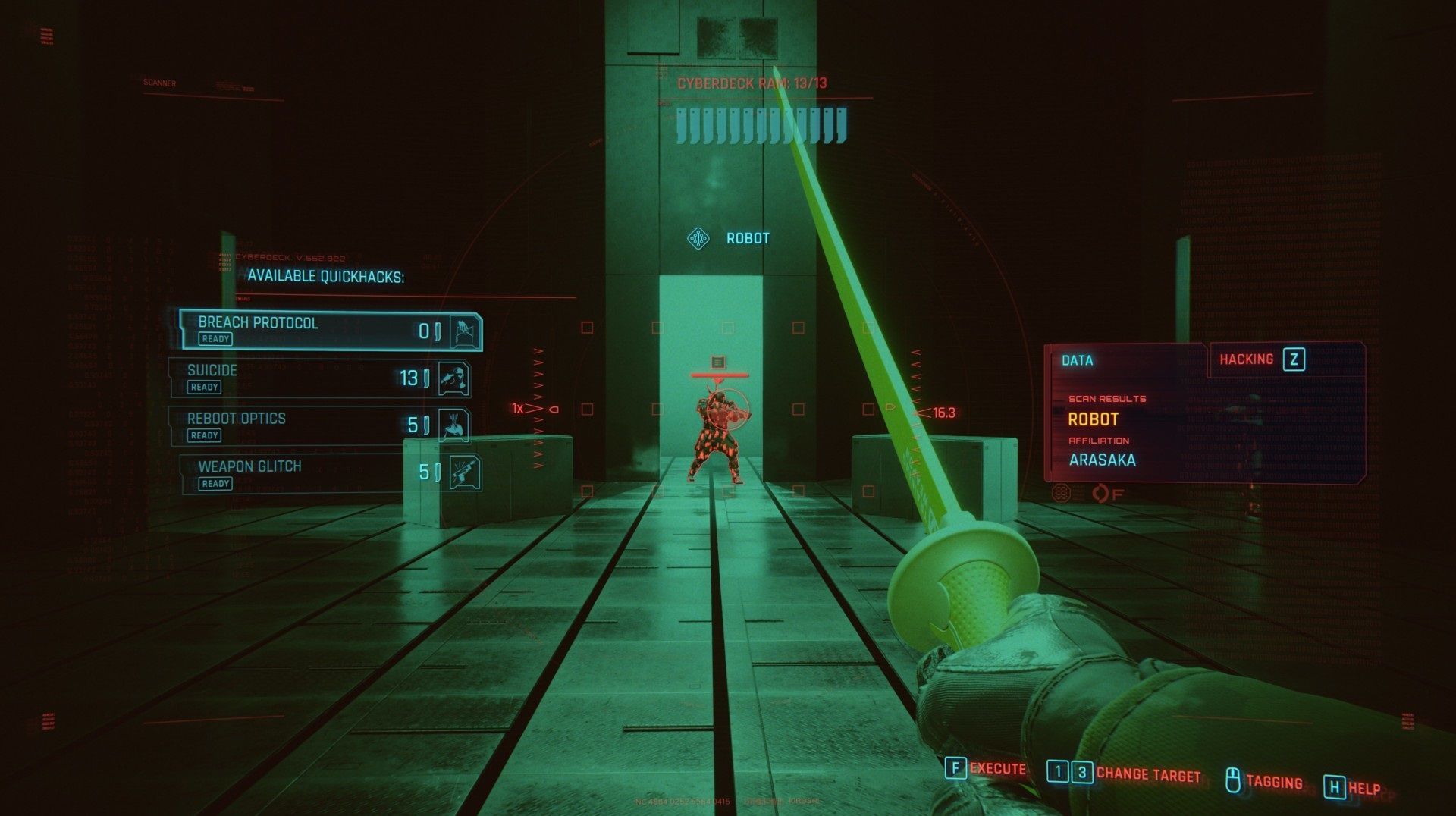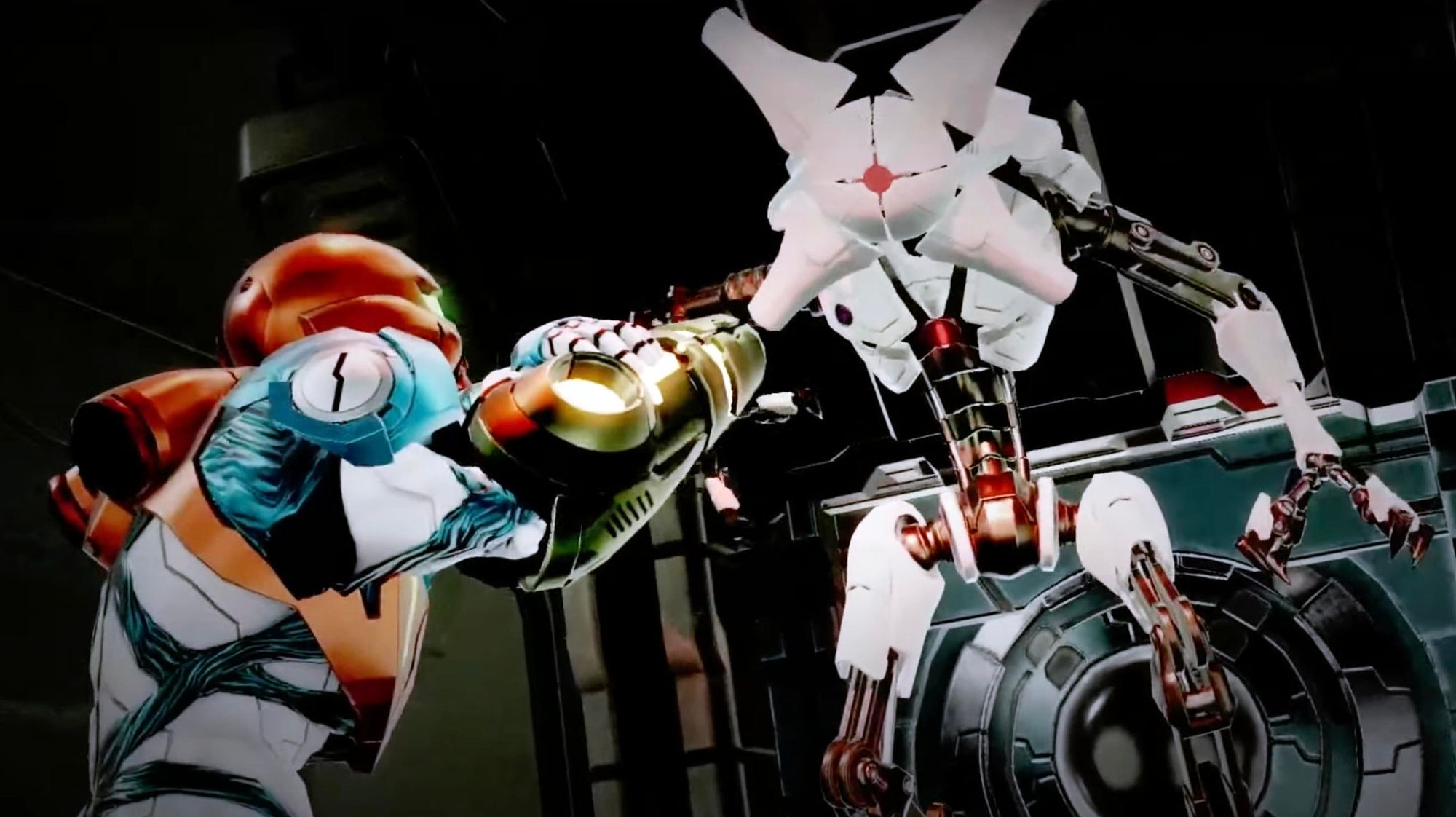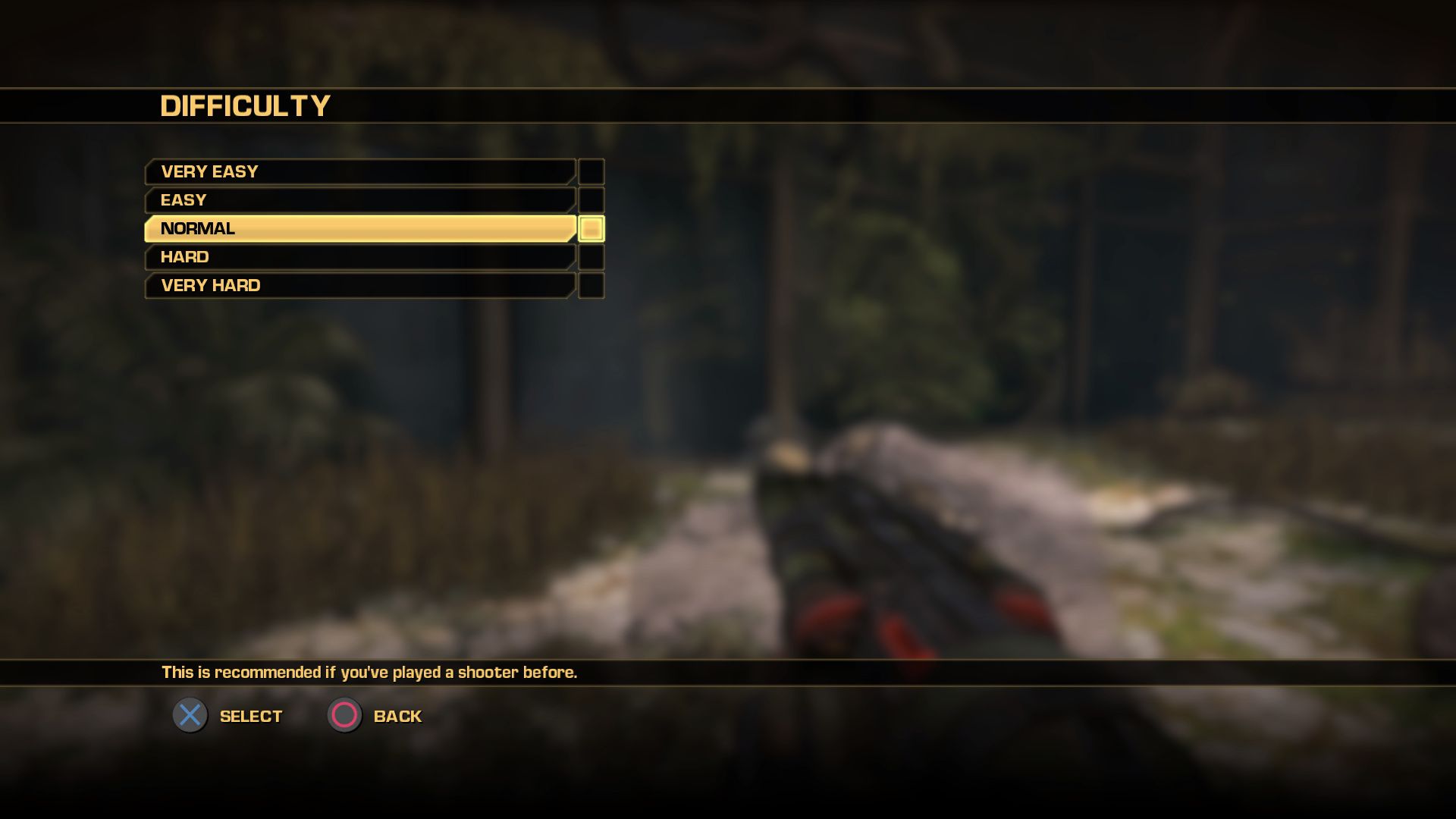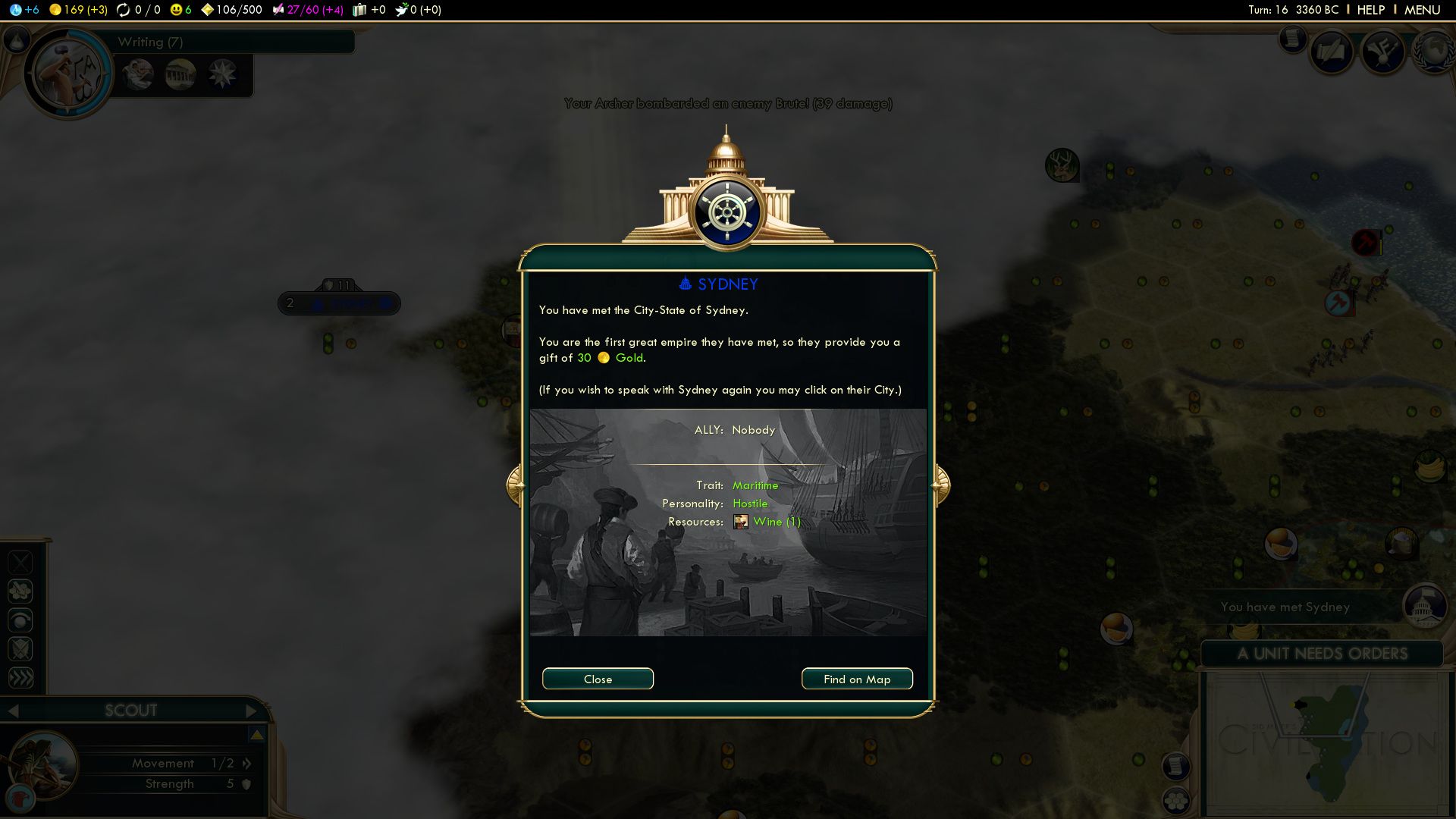Video Game Tutorials Are Awful
Developers could make tutorials that are seamless, fun, and relevant

Countless windows filled with walls of text pop up all in my face as I make my way through the first dozen-or-so hours of Kingdom Hearts 3. As if to constantly break the player's immersion, tutorial windows with information of varying importance appear one after another, as the developer struggles to explain even the most basic game mechanics. Like little digital booklets, the tutorial screens sometimes span numerous pages.
Kingdom Hearts 3 is not unique in this regard. No, many games fall into this trap. I love the Yakuza games, but they too excessively spawn a plethora of tutorial windows to explain even the most trivial mini-games.
These tutorial windows are certainly not the best way to explain a game's mechanics. Artificially pausing the game to have a piece of text explain how to do something is a distracting experience that feels dated for any but the most complex of game mechanics.
There are even worse tutorials, though.

Making learning a chore
The absolute bane of my existence are tutorials that transport you into an alternate non-canon reality. Look, I know you love the famous action-game development studio Platinum Games' — I do, too — but having tutorials in odd immersion-breaking arenas is just poor game design. Some other games will have similar themes, where the player learns how to play the game inside a dream or mental landscape of sorts. Why not just have the tutorial happen seamlessly inside the actual adventure?
Speaking of popular, the critically acclaimed Spider-Man: Miles Morales is a brilliant, open-world title. Many aspects of its game design are modern and cleverly thought out. Despite that — and you won't believe me if you haven't played it yourself — Insomniac Games made tutorials into actual points of interest on the map. No, I'm not joking. The player swings to a point of interest on the map and fights holograms to learn how to use new abilities.
Somehow, Insomniac Games are able to convince players that actively seeking out tutorials is an attraction. It's bizarre.
Of course, there are many ways to do tutorials. Metroid Dread, a recently released 2D Metroidvania, can't decide what method to use. Instead, it just uses all of them (to explain the same mechanic).
Within the first few hours of the adventure, the player unlocks a power that lets them turn invisible. One of the important uses of this ability is to hide from the dangerous EMMI robots, which can defeat the protagonist in a single hit when they are spotted.
The game makes darn sure you know this. First, it tells you that you can turn invisible to avoid the EMMI's through an abrasive window. Second, shortly thereafter, an NPC will tell you the same thing. Third, the game shows you how the protagonist uses the ability to turn invisible in front of an EMMI in a cut-scene. This all happens before the player is even given a chance to use the ability in front of the aforementioned enemy.
You don't have to say the same thing three times to get a message across if you just do it right the first time. You could have just used one method and then tracked whether the player understood what to do.
One last issue that I want to bring up is that video games will generally assume the player's knowledge of game mechanics. Most video games will tell you to press the "A" button to jump, even though you already know that.
Clearly, I have a lot of issues with the ways that tutorials are implemented in video games. Before I move on to some suggestions on how to improve on tutorials, let's summarize the issues that I've brought up so far:
- Many tutorials break immersion.
- Tutorial windows that contain walls of text are a poor method of explaining.
- Some video games repeat the same tutorials.
- Fighting holograms is dull.
- Learning mechanics by fighting in a non-canon alternate reality arena is awful.
- Games will waste your time telling you things that you already know.
Video game tutorials could be so much better.

Show, don't tell
The most important piece of design to understand is a philosophy known as "show, don't tell." Metroid Dread almost did it right by having the protagonist turn invisible in front of their nemesis; if only they hadn't also prefaced it with unnecessary text.
Mario Party mini-games will sometimes start with a three-to-five-second cut-scene where you see a character failing the game to show the losing condition clearly. 2D platformers often show you an NPC interacting with an element before the player reaches them. If you want the player to know that they can bounce on clouds, show them an NPC that does just that.
In Super Smash Bros. Ultimate, newcomers often learn how to use moves by simply watching how the AI or another player does it.
To elevate this, we can also embrace learning by doing. Don't punish players for making a mistake once. Punish them only when they start repeating the same mistake.
The best tutorials are the invisible ones. You never even knew they were there. They held your hand without you noticing. Those are rare.

Don't assume the player's skill level
We should never assume the player's skill level. We can't assume that this is the hundredth game they play, but similarly, we shouldn't assume that this is their first.
Developers will happily ask the player what difficulty setting they prefer, but will never ask them how many tutorials they'd like. Even if you've played six Yakuza games before, you better believe the seventh will assume you've never played a single one.
The reality, I believe, is that developers are terrified that the player won't understand how something works, become frustrated, and then rant online. This is why developers will have more tutorials than necessary as a precaution.
Unfortunate, however, is that games take it to the extreme. Developers don't even consider using data to determine how elaborate and frequent tutorials should be for any given individual.
Let's say that you are playing a game where you fight a sword. You press A to attack and B to block. Now, in this hypothetical game, you can perform a counterattack by pressing the block button at just the right time when an enemy attacks. This is a fairly standard game mechanic.
Tutorials won't tell the player about this mechanic immediately, as not to overwhelm the player, but will let them know when the game designers believe that the time is right.
But when is the right time? Does it have to be the same for every player? If the player is learning mechanics quickly, maybe we can tell them sooner?
What if the player can do a counterattack right from the start, and if the player has figured out how to do one on a consistent basis before the game has told them about it, then maybe the player doesn't need to be told at all.
What if we have told the player about the mechanic, but they still haven't used it two hours later. Should we remind them? If they aren't struggling, maybe we don't need to? What if they took a break from the game, returned a month later, and stopped using it? Perhaps then they need a reminder.
We can write games with more cleverly designed systems that understand when a player needs guidance.

A little bit of thought goes a long way
There are many issues in video game tutorials. They are slow, boring, and immersion-breaking. I understand that using data to determine how and when to display tutorials is scary, but at the very least, I wish more developers would take the time and effort to learn how to tutorials that embrace the "show, don't tell" philosophy.
Making a window with wall of text pop-up or sending the player to some arena where a bot tells them how to parry attacks from a dummy is easy game design. Making tutorials that are a bit more clever requires some thought. Sadly, most developers take the easy way out.
They don't have to go all out and reinvent tutorials. Just a little bit of thought would go a long way.
Video game tutorials should be:
- An in-game experience, not an out-of-game one.
- Seamless, not interrupting the flow of the game.
- Fun.
- Just as long as they need to be.
